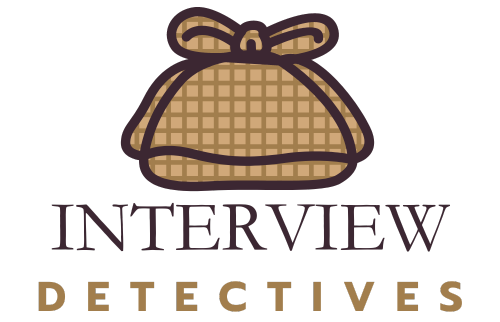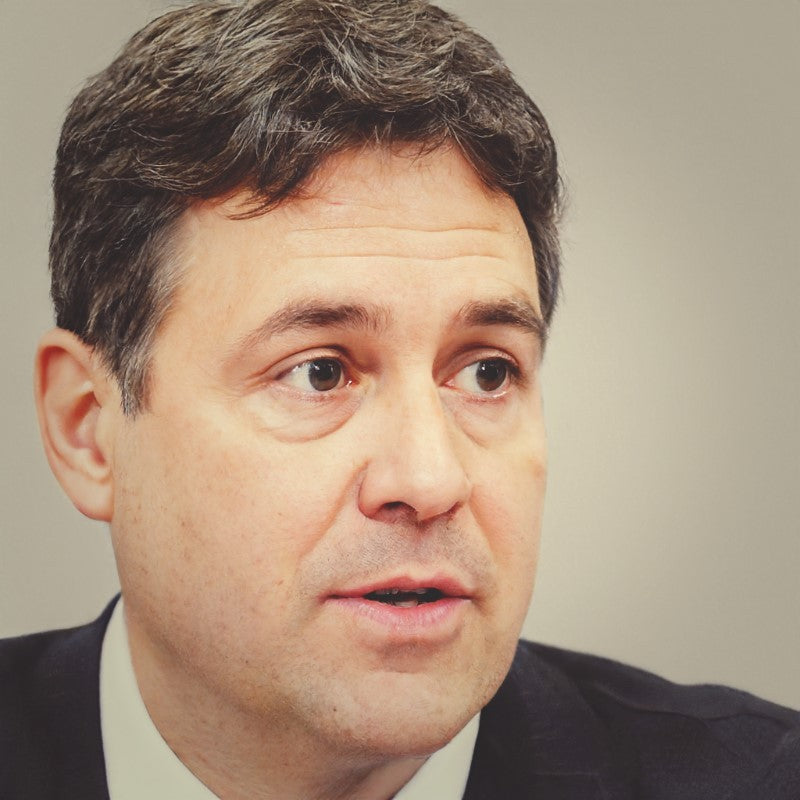When it comes to Civil Service exams, many candidates find the 250-word statements to be the most challenging part of their application.
These statements, designed to assess key behaviours, often feel like a daunting hurdle.
However, with a deep understanding of the behaviour and a solid structure, this apparent weakness can become a significant strength.
Related Article: 5 Communicating & Influencing Example Statements
Understanding "Communicating & Influencing" at the EO Level
At the Executive Officer (EO) level, the "Communicating & Influencing" behaviour is crucial. This behaviour is all about how effectively you can convey information, persuade others, and build productive relationships.
What is Expected:
-
Clear Communication: At this level, clear and concise communication is essential. You should be able to present information in a way that is easy to understand, avoiding jargon and complex language.
-
Persuasion: You are expected to persuade and influence others to adopt your ideas or take action. This involves understanding the needs and motivations of others and tailoring your message accordingly.
-
Building Relationships: Establishing and maintaining positive working relationships is vital. This means being approachable, listening actively, and showing empathy towards others.
- Adapting Your Style: You must be able to adapt your communication style to suit different audiences, ensuring that your message is received and understood as intended.
This differs from previous levels, where the focus might have been more on simply sharing information. At the EO level, there is a stronger emphasis on the impact of your communication and your ability to influence outcomes effectively.
Crafting Your Statement: The B-STAR Technique
To effectively demonstrate your "Communicating & Influencing" skills in a 250-word statement, the B-STAR technique is invaluable. Here's how you can apply it:
-
Belief: Begin by articulating your belief in the importance of clear communication and effective influencing. This sets the stage for your statement and demonstrates your understanding of the behaviour.
-
Situation: Describe a specific situation where you needed to communicate and influence. Be concise but ensure you provide enough context for the reader to understand the scenario.
-
Task: Outline the task at hand. What was your role? What were you aiming to achieve? This helps to clarify your responsibilities and the expectations placed upon you.
-
Action: Detail the actions you took to communicate and influence effectively. This is the heart of your statement. Focus on how you tailored your message, the methods you used to persuade others, and how you built relationships to support your goals.
-
Result: Conclude with the results of your actions. What was the outcome? How did your communication and influencing skills contribute to this? Quantify your success where possible, such as through measurable improvements or positive feedback.
By following the B-STAR structure, you ensure that your statement is clear, concise, and compelling. It allows you to present a well-rounded picture of your capabilities in just 250 words.
 Check out 50 examples covering all 9 of the core civil service behaviours
Check out 50 examples covering all 9 of the core civil service behaviours
Now, let’s delve into an example statement that illustrates these points…
Communicating & Influencing 250 Word Statement
As an Administrative Assistant in the civil service, effective communication is central to my role. I believe clear, respectful, and enthusiastic communication is essential for fostering a collaborative environment and achieving our objectives.
One instance that highlights my communication skills involved coordinating a training session for new employees. The training required input from various departments, each with its own priorities and viewpoints. My task was to ensure all relevant information was conveyed clearly and that the session ran smoothly.
I began by sending a detailed email outlining the purpose of the training, the agenda, and the roles of each department. Recognizing the diverse communication preferences of my colleagues, I followed up with meetings and phone calls to address any questions and gather feedback.
During the session, I communicated the agenda and objectives with enthusiasm, ensuring the new employees understood the session’s importance. I facilitated discussions, encouraged participation, and made sure everyone had the opportunity to voice their thoughts. When questions arose, I responded constructively, providing clear and concise answers while respecting different viewpoints.
There was a moment when a challenging question about departmental processes came up. I handled it with confidence and sensitivity, acknowledging the concern and providing a response that addressed the issue without dismissing the individual's perspective.
The session was a success, with positive feedback from both new employees and departmental representatives. This experience reinforced my belief in the power of effective communication to influence and inspire, ensuring everyone works towards common goals with mutual respect and understanding.


